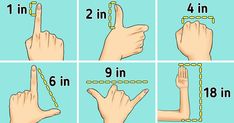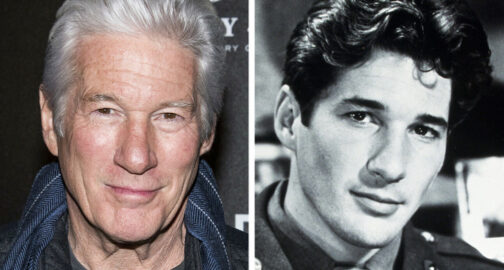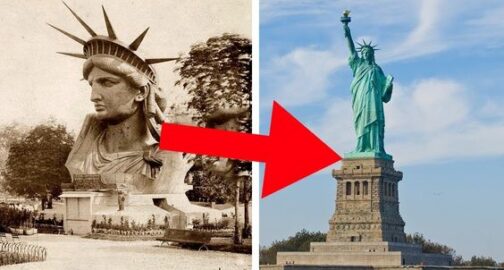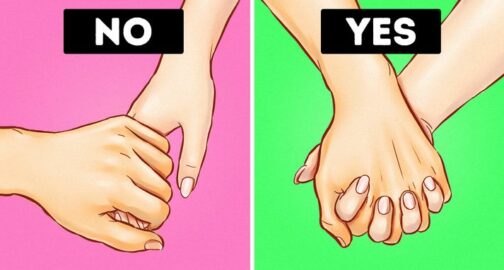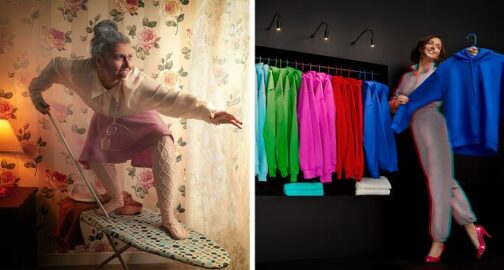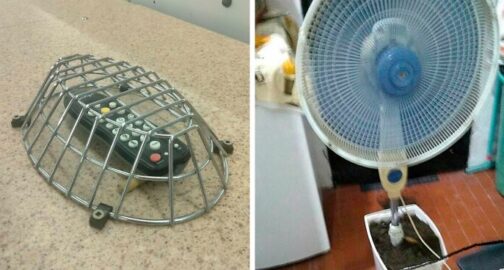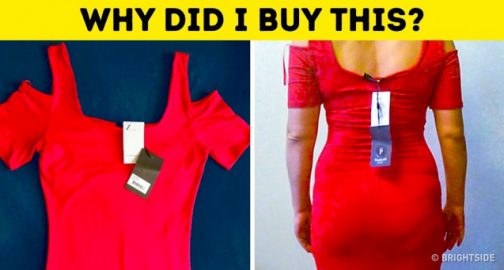
“The Japanese Art of Decluttering” is a term popularized by the book The Life-Changing Magic of Tidying Up by Marie Kondo and the book Life Free from Dream by Yukiko Kaneko. The principle described by the authors is simple: you need to get rid of all the things in your house that don’t bring you joy.
It is believed that tidying up helps everyone not only to get rid of useless stuff but to also change a person’s attitude toward life. Is this really true?
Especially for Bright Side, I will tell you how I followed the Japanese method and what it led me to.
When I heard about this Japanese method, I thought, “Oh! I know people who definitely need this idea!” For example, I have a friend who still has her prom dress — “just in case…” as she justifies it. I did a superficial cleaning at my place and didn’t find any useless stuff.
I remembered about this method for the second time when I moved into my new apartment. I don’t have my own furniture, all the dishes I own are a coffee mug and some wine glasses, and all the electronics I own are a laptop and a smartphone. But it still took me a lot of time and money to pack all my stuff and move it to my new place. Then, I decided to check more thoroughly.
Clothes
Like many other girls, I can divide all my clothes into several categories: every day, going out, just in case, in case I go insane (I’m sure many people have such clothes too.)
Of course, all my things are split into categories only in my head — in my wardrobe, everything’s always chaotically thrown into one huge pile. So I decided to just open my wardrobe with my spring/summer clothes and put all the contents on the couch.
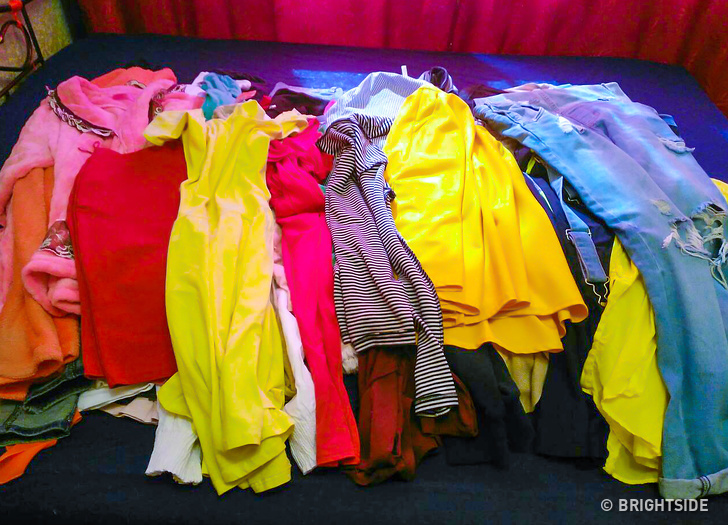
This is what the first stage of the Japanese method looked like. I also accidentally found out that I apparently have a thing for the color yellow.
Now, according to the recommendation of the Japanese, I had to decide which clothes from this pile made me feel good. But feeling good is usually associated with traveling, being around interesting people (and cats, of course) so in my understanding, clothes aren’t supposed to make me happy. So, I tried a different way: first, I estimated how comfortable I felt in every article of clothing. I ended up having to throw away several cute but synthetic blouses and then I tried every single thing on.
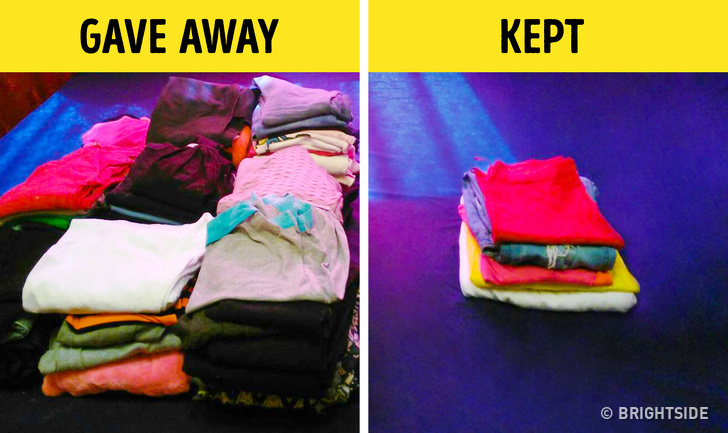
This is the result of checking the wardrobe with spring/summer clothes.
I kept denim overalls, a skirt, a dress, and several T-shirts. Choosing was slow and hard. It was hard to say goodbye to many things because I could come up with a million of excuses: I can lose weight for this, this stain can be removed, this doesn’t fit me well and doesn’t suit any of my clothes, but there is always a way, right?
A tip from Yukiko Kaneko helped me here: such excuses are stealing from yourself. The clothes we might look fantastic in sometime in the future don’t let us have the clothes we look great in right now.
It took me a month to sort out the wardrobe with my spring/summer clothes, but the process went much quicker with winter clothes, underwear, and shoes.
Cosmetics
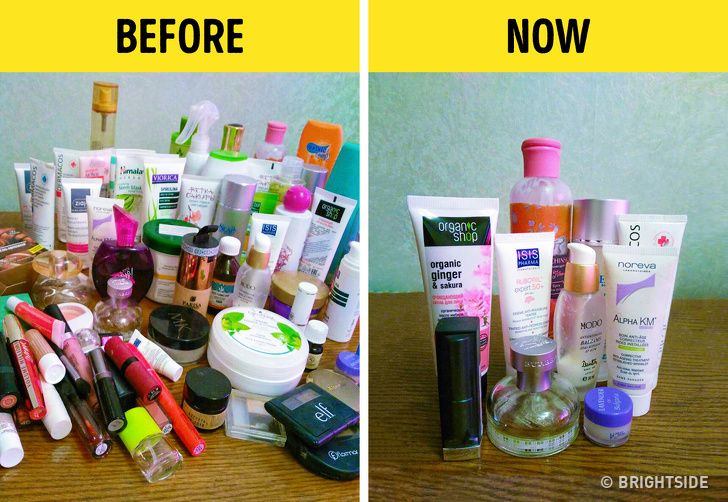
On the left: the cosmetics I found on the shelves, in my purse, and even in my fridge. On the right: what I actually use on a daily basis.
Most of the cosmetics were bought to save money. For example, I have been using a certain cream that’s specifically for my type of skin. It costs $25. But I’ve made several attempts to replace it with something cheaper. So, when I was tidying my place up, I found 5 creams that cost $30 in total. I haven’t used every one of them more than 2-3 times.
Other categories
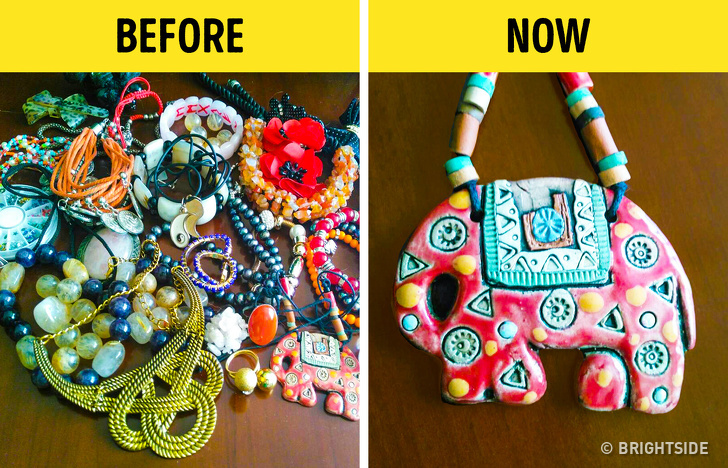
This is the result of checking my jewelry. I kept only the red elephant.
After I’d finished with my jewelry, I started sorting out other categories where there were a lot of other surprises. For example, I had a sandwich maker, a coffee maker, and an electric kettle. I completely forgot about them because I hadn’t used them for 5 years. I had a lot of stuff I didn’t need in other categories too:
Where to put all this stuff?
It’s better to find an answer to this question before you start the process. Otherwise, the stuff will move to the balcony and later, it will just go back to the places where it was in the beginning. I came up with 4 places:
Aside from these methods, there is one more: sell or exchange a useless thing. I didn’t try this, but a woman I know does this often and claims that she finds it very motivating.
What to do to prevent this from happening again:
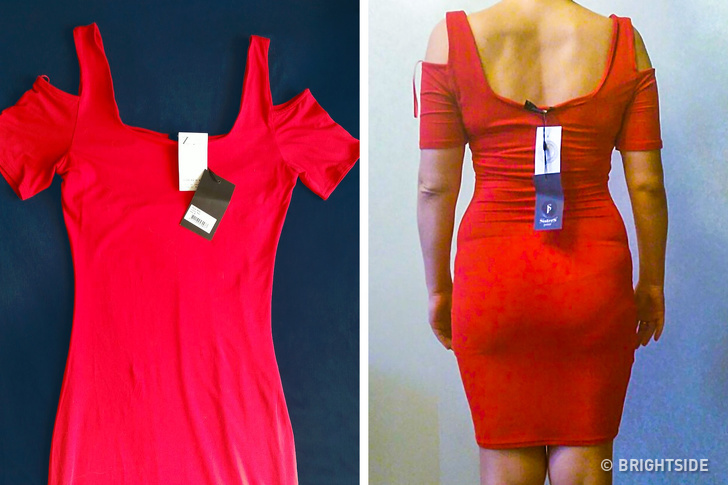
One of the examples of an article of clothing I had to get rid of.
Yukiko Kaneko compares the process of getting rid of useless stuff with losing weight: if you simply throw away some things without changing the system, they will return very soon just like extra weight after a crash diet. So, I analyzed the main reasons why I had useless things in order to prevent them from appearing in the future.
My result
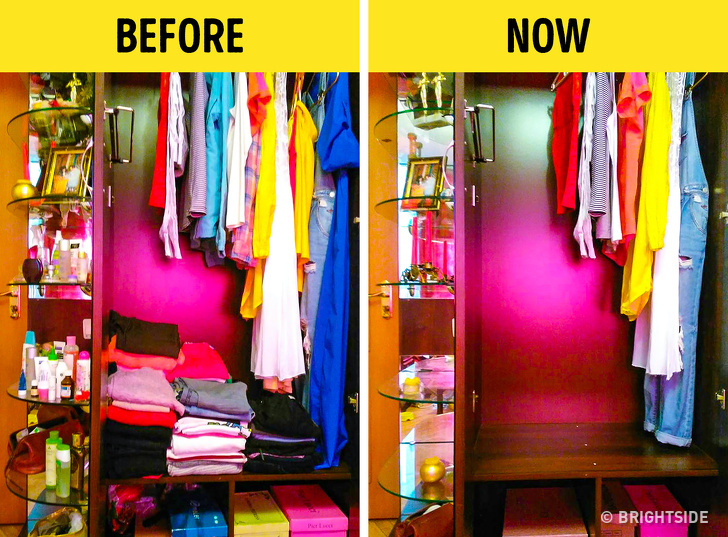
In general, the tidying up process took me 6 months, and here is what changed after I finished it:
Can it really change a person?
The Japanese didn’t lie: I really did change. Tidying up made me feel freer both morally and physically. Now I don’t have to worry about the purchases that should be done or have been done. I don’t regret buying useless things, and I have more free time and money. Isn’t this the definition of freedom?
Anyone who has thought about the idea of minimalism should really pay more attention to it. The connection between how you feel and how many things you have is incredibly weak. You will understand it when you get rid of 2-3 bags of stuff you don’t need.
What do you think about this method? Will you try it? Tell us in the comment section below!



